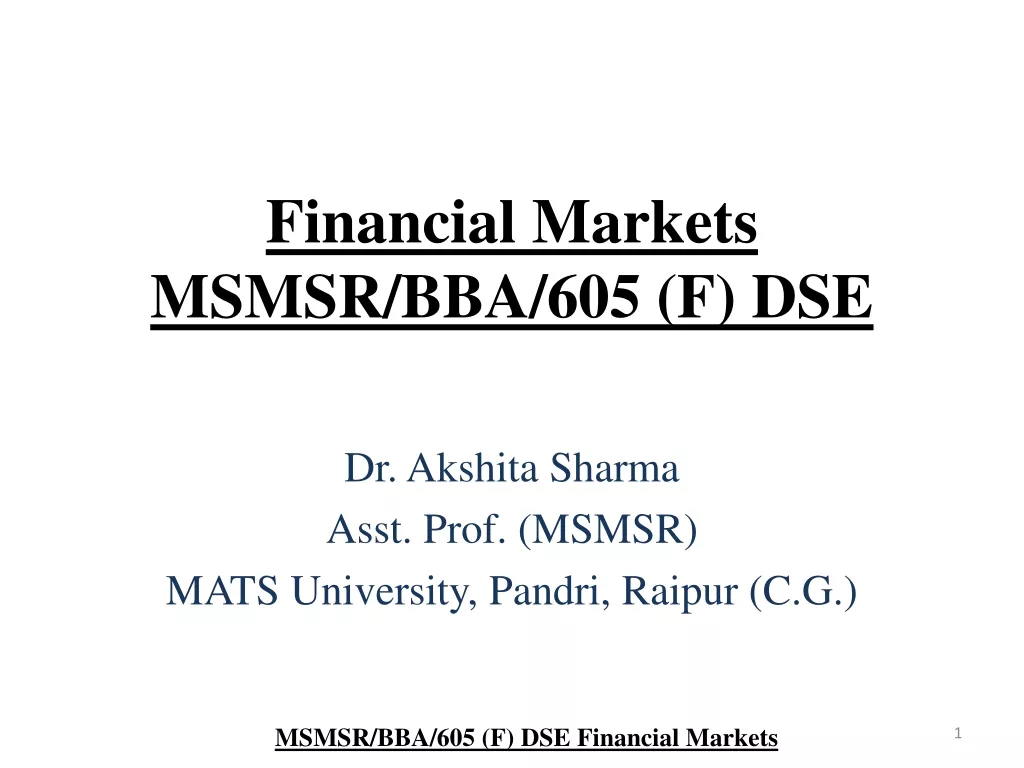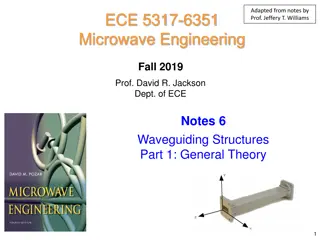
Experimental Study of X-Ray Transition Radiation from Relativistic Electrons
Explore the experimental investigation of the spectral and angular distributions of X-ray transition radiation produced by relativistic electrons passing through a stack of thin aluminum foils separated by layers of Teflon or Air. The study was conducted at DESY II Test Beam Facility, aiming to provide insights into alternative X-ray radiation sources and tools for recording ultrarelativistic particles.
Uploaded on | 0 Views
Download Presentation

Please find below an Image/Link to download the presentation.
The content on the website is provided AS IS for your information and personal use only. It may not be sold, licensed, or shared on other websites without obtaining consent from the author. If you encounter any issues during the download, it is possible that the publisher has removed the file from their server.
You are allowed to download the files provided on this website for personal or commercial use, subject to the condition that they are used lawfully. All files are the property of their respective owners.
The content on the website is provided AS IS for your information and personal use only. It may not be sold, licensed, or shared on other websites without obtaining consent from the author.
E N D
Presentation Transcript
IAPP Observation of X-Ray Transition Radiation from Relativistic Electrons Passing a Stack of Plates Vahan Kocharyan Institute of Applied Problems of Physics of NAS RA e-mail: vahan2@yandex.ru Channeling 2024
Setting goals The aim of this work is an experimental study of the spectral-angular distribution of X-ray transition radiation of relativistic electrons from a stack of thin aluminum foils separated by layers of Teflon or Air. The study was conducted at normal incidence of electrons on the target. The studies were carried out using the DESY II Test Beam Facility (TB21). Channeling 2024
Sample Transition radiation (TR) occurs when a charged particle crosses the boundary between two media with different dielectric properties. A simplest case of this kind is the particle crossing of a thin foil situated in vacuum or gas. In this paper, we experimentally investigate the spectral and angular distributions of X-ray transition radiation generated in periodic emitters by electrons with energies of 2.6 GeV. Radiation of this kind is of great interest as an alternative source of X-ray radiation and a tool for recording ultrarelativistic particles. In a multilayer target (radiator) consisting of thin foils separated by Teflon or air gaps. The radiator consist of 20 aluminum foils 10 m thick separated by 100 m Teflon or air gaps. The radiator period L = 110 m, the total length was 2.1 mm. The total thickness of the aluminum foils is 9.5% of the total radiator length. Channeling 2024
DESY II Test Beam TB21 Schematic view of the DESY II Test Beam Facility (TB21). Bremsstrahlung photons generated in the primary target travel through the tunnel and hit the secondary target generating electron/positron pairs. The dipole magnet selects particles according to their momentum and charge and the particle beam can be further collimated before entering the test beam areas. Channeling 2024
Experimental scheme To monitor the electron beam, two scintillators are placed after the primary collimator, followed by a lead collimator with a 5 mm hole. After the lead collimator, the radiator is installed. The distance from the X-ray detector to the radiator is 3720 mm. To move the electron beam out of primary direction, a bending magnet is placed before the detector. To study the spectral-angular distribution of transition radiation, the X-ray detector is moved perpendicular to the beam direction. Channeling 2024
The spectral distribution of X-ray transition radiation 1 3 Counts 4 2 X-ray energy (keV) Figure shows an example of "raw" X-ray spectrum obtained by the spectrometer in the case of an electron beam with energy of 2.6 GeV (curve 1), which corresponds to measurements using our radiator. The background radiation is measured when the radiator is inserted after the bending magnet directly before the detector (curve 2), that is without an electron beam. The difference between these two curves is the radiation produced in the radiator when the beam passes through it (curve 3). Curve 4 is the result of theoretical calculations using the formula obtained by Gharibyan for layered media. The difference between 3 and 4 are caused by bremsstrahlung.Channeling 2024
The spectral-angular distribution of transition radiation Counts These curves show the dependence of the spectral distribution of transition radiation on the position of the detector, which corresponds to the spectral angular distribution. As can be seen from the curves, certain periodic changes are observed depending on the position of the detector, which qualitatively coincide with the theoretically obtained results given in Garibyan's monograph, after averaging over the radiation angles. Channeling 2024
Spectral distribution of parametric transition radiation from thin foils separated by Teflon Counts X-ray energy (keV) The figure shows the spectrum obtained from a radiator consisting of thin foils separated by Teflon, obtained after 8 hours of collecting statistics. As you can see, the spectrum shows peaks at high energies, which in our opinion are peaks of parametric transition radiation and it is observed in the presence of a multilayer target. Channeling 2024
Conclusions Conclusions The study of the dependence of the spectral distribution of transition radiation on the position of the detector (observation angle) showed that, depending on the observation angle, periodic changes of intensity in the transition radiation spectrum are observed. Spectral distributions of transition radiation from thin aluminum foils separated by Teflon were obtained and it was shown that in the spectrum the peaks of parametric transition radiation at high energies are observed. 9 Channeling 2024
Thank you for your attention! Institute of Applied Problems of Physics of NAS RA, Yerevan, Armenia Vahan2@yandex.ru Channeling 2024
Spectral distribution of parametric transition radiation of 20MeV electrons from amorphous quartz with acoustic field 140000 16000 14000 120000 12000 Counts 100000 10000 Counts 8000 80000 6000 4000 60000 2000 0 2.4 3.4 4.4 40000 KeV 20000 KeV 0 0 1 2 3 4 5 For formation of periodical permittivity structure a special high stability hyperfrequency generator of electromagnetic field and superhigh-Q resonators have been elaborated. The later comprised 180, 1300 and 2000 m thick amorphous quartz discs of 20 mm in diameter. The operating frequency was 1.024 GHz. 11






















